Figuring out dark spot treatment at home can be frustrating. Dark spots are one of the most common skin concerns—and one of the most stubborn to treat. Whether they’re the lingering aftermath of acne, the result of too much sun, or tied to hormonal changes, dark spots can make the skin look uneven, dull, and older than it is.
The good news? With a consistent routine, powerful antioxidants, and the right active ingredients, you can treat dark spots effectively from the comfort of your home. In this post, we’ll explore what causes dark spots, how antioxidants play a crucial role in fading them, and the top ingredients to look for in your skincare products.
This post contains affiliate links. If you purchase through them, I may earn a small commission at no extra cost to you.
This post is all about dark spot treatment at home in skincare. Why dark spots happen, how to prevent and how to reduce dark spots on face naturally at home.
While I personally test many of the products featured on this blog, I haven’t tried every single item recommended. My selections are based on careful ingredient analysis and thorough research into formulations and effectiveness. Always check for potential allergens if you have sensitive skin or known allergies.
What Causes Dark Spots?
Dark spots—also known as hyperpigmentation—occur when the skin overproduces melanin, the pigment that gives skin its color. This excess melanin gets deposited in certain areas, forming flat brown, black, or grayish patches that can vary in size and depth.
There are several types of hyperpigmentation, each with different triggers:
- Post-inflammatory hyperpigmentation (PIH): Common after acne, eczema, or skin injury. More prevalent in deeper skin tones.
- Sunspots (solar lentigines): Caused by long-term sun exposure. Often appear on the face, chest, or hands.
- Melasma: A hormonally driven type of pigmentation that’s often triggered by pregnancy, birth control, or hormonal fluctuations.
Understanding the cause of your dark spots helps guide the right treatment plan. For example, melasma can be more resistant and requires a gentler, long-term approach, while sunspots may respond faster to exfoliation and antioxidants.
Why Antioxidants Are Essential for Fading Dark Spots
When skin is exposed to UV rays, pollution, or inflammation, it produces free radicals—unstable molecules that trigger oxidative stress and damage skin cells. This leads to increased melanin production, collagen breakdown, and accelerated aging.
That’s where antioxidants come in.
Antioxidants are only molecules that fight free radicals, prevent further skin damage, and inhibit the melanin production process. In other words, they not only help fade existing dark spots but also prevent new ones from forming. When combined with brightening agents and SPF, antioxidants supercharge your skincare routine and support overall skin health. This is why using topical antioxidants is extremely important!
Key Ingredients That Break Down Pigment
Let’s dive into the science-backed ingredients that fade pigmentation effectively and safely. These ingredients work by interfering with melanin production, accelerating cell turnover, or lightening existing pigment in the skin.
Vitamin C (L-Ascorbic Acid)
One of the most powerful and well-studied antioxidants in skincare, vitamin C blocks tyrosinase—an enzyme necessary for melanin production.
- How it works: Inhibits melanin synthesis, brightens the skin, and neutralizes oxidative damage.
- Best form: L-ascorbic acid (10–20% concentration)
- Bonus: Works well under sunscreen to enhance UV protection
Tip: Vitamin C is best used in the morning for maximum antioxidant protection. Let it protect you from free radicals!
|
$22.99
|
$49.00
|
$99.00
|
Niacinamide (Vitamin B3)
Niacinamide is a multitasking ingredient known for its soothing, barrier-supporting, and brightening effects.
- How it works: Reduces the transfer of melanin to skin cells, minimizing pigmentation.
- Safe for: All skin types, including sensitive skin
- Ideal concentration: 5% or less for sensitive skin, up to 10% for normal skin
It also plays well with other actives like vitamin C and retinol, making it a versatile addition to your routine.
|
$22.00
|
$44.01
|
$102.40
|
Kojic Acid
Derived from fungi, kojic acid is a natural skin-lightening agent that works by inhibiting the formation of tyrosine, an amino acid involved in melanin production.
- How it works: Suppresses melanin synthesis at the cellular level
- Best used in: Serums or creams, often combined with other brightening ingredients
- Caution: May cause mild irritation or sensitivity in some people
Kojic acid is popular in treating melasma and PIH and can be especially effective when used in synergy with ingredients like niacinamide or arbutin.
|
$11.50
|
$19.00
|
$44.99
|
Alpha Arbutin
A gentle but highly effective brightener, alpha arbutin is a derivative of hydroquinone, but without the harsh side effects.
- How it works: Inhibits tyrosinase, leading to a gradual lightening of dark spots
- Safe for: Daily use, even on sensitive skin
- Effectiveness: Visible results can be seen in 6–12 weeks with consistent use
Arbutin is often recommended for those who want similar results to hydroquinone without the risk.
|
$11.50
|
$15.95
|
$24.85
|
Azelaic Acid
A dermatologist-favorite for both acne and hyperpigmentation, azelaic acid is derived from grains and is both anti-inflammatory and antibacterial.
- How it works: Inhibits melanin production and promotes gentle exfoliation
- Also treats: Rosacea, acne, and texture issues
- Recommended strength: 10% (OTC) to 15–20% (prescription)
Azelaic acid is especially helpful for darker skin tones, as it fades pigmentation without risking further irritation or discoloration.
|
$19.99
|
$65.60
|
$99.00
|
Retinoids (Retinol)
Retinoids (like retinol) are vitamin A derivatives that increase skin cell turnover and boost collagen production.
- How it works: Helps slough off pigmented cells and encourages healthy new skin to rise to the surface
- Use: Only at night, and always follow with SPF during the day
- Start slow: Begin with 0.25% or 0.5% and increase gradually
While retinoids can be transformative for uneven skin tone, they can also cause dryness or irritation if overused. Always start with a lower dose and slowly introduce!
|
$65.00
|
$80.00
|
$95.00
|
-A Note on Hydroquinone
Hydroquinone has long been considered the gold standard for treating hyperpigmentation, especially in prescription-strength formulas.
- How it works: Inhibits tyrosinase activity and breaks down existing melanin
- Risks: Prolonged use can lead to exogenous ochronosis, a condition that causes bluish-black discoloration of the skin
Because of its potential side effects, hydroquinone is banned in countries like Japan, Australia, and the EU. If you choose to use it, do so under a dermatologist’s guidance.
Never Forget Sunscreen!
|
$16.71
|
$35.20
|
$36.99
|
$24.99
|
$15.00
|
Final Thoughts: Consistency + Sun Protection = Results
Fading dark spots is not an overnight process. It takes consistent use of the right ingredients and a strong commitment to sun protection to see visible improvement. Even the best products won’t work if you’re not using SPF every single day—yes, even when it’s cloudy.
When building your routine:
- Pair a vitamin C serum in the morning with SPF
- Use targeted treatments like niacinamide, kojic acid, or azelaic acid
- Introduce retinoids at night for cell turnover
Treating dark spots at home is absolutely achievable with the right tools and knowledge. Whether you’re dealing with acne marks or sun damage, your skin can return to a brighter, more even tone—one serum and sunscreen application at a time.
Disclaimer: This blog provides general skincare advice and product recommendations. Always consult with a dermatologist or healthcare professional.
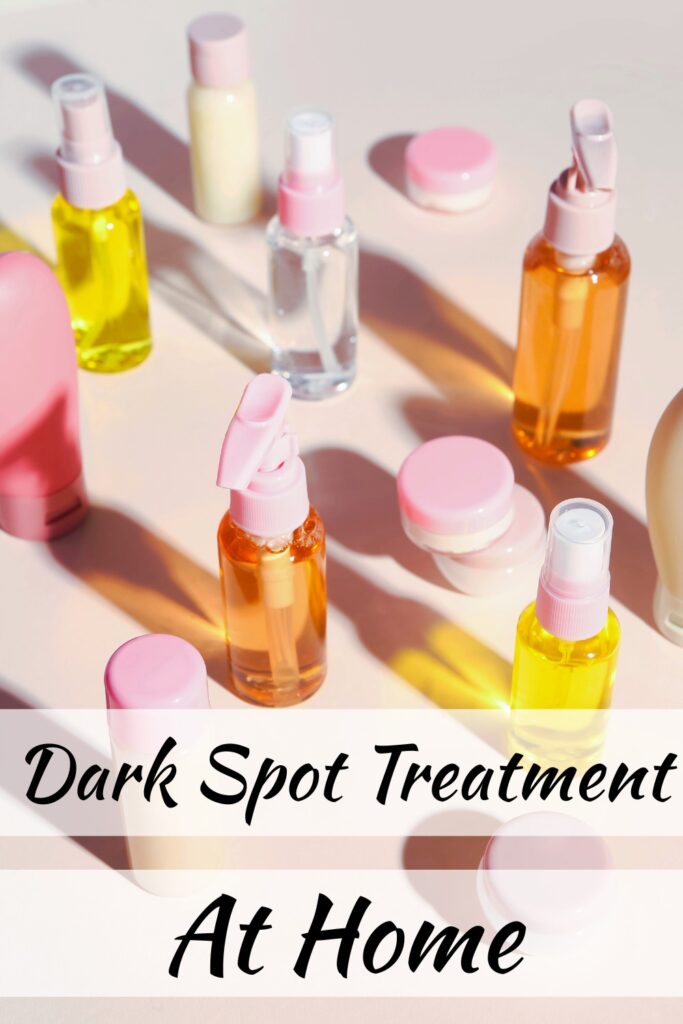














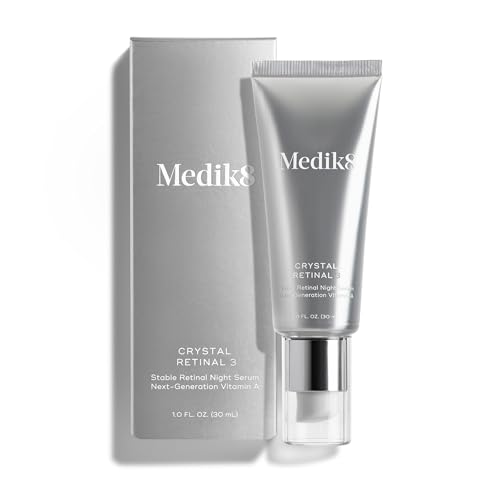







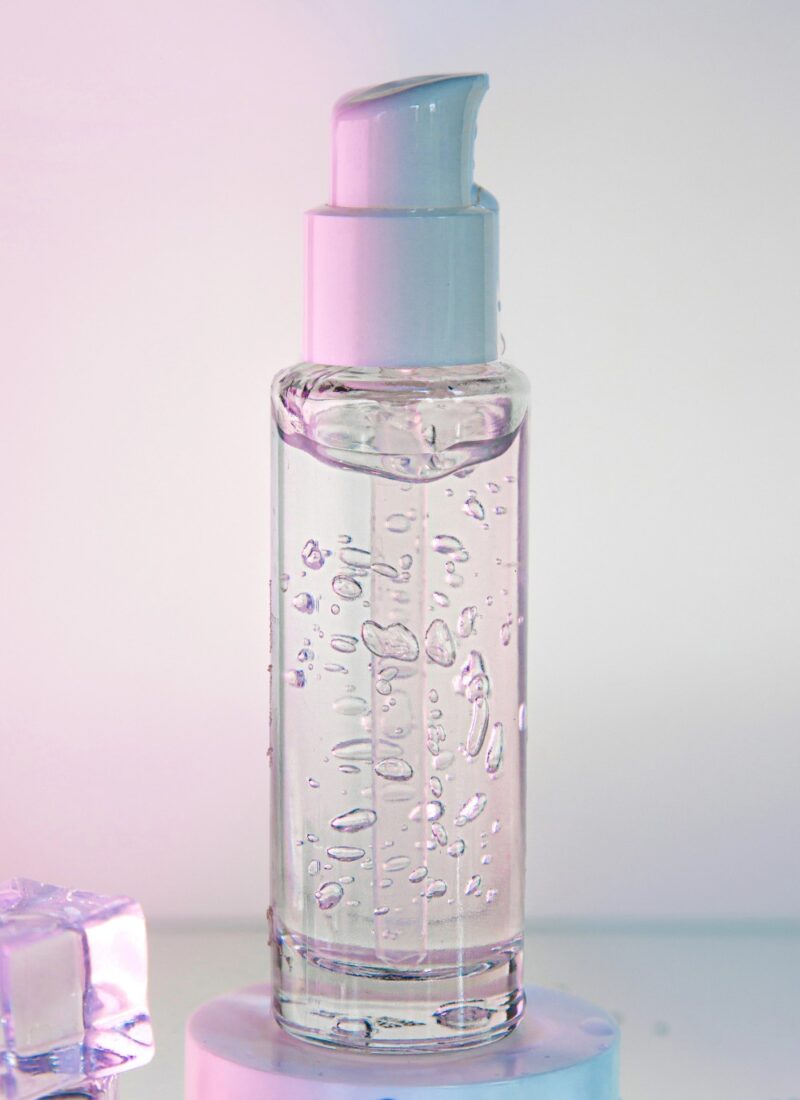
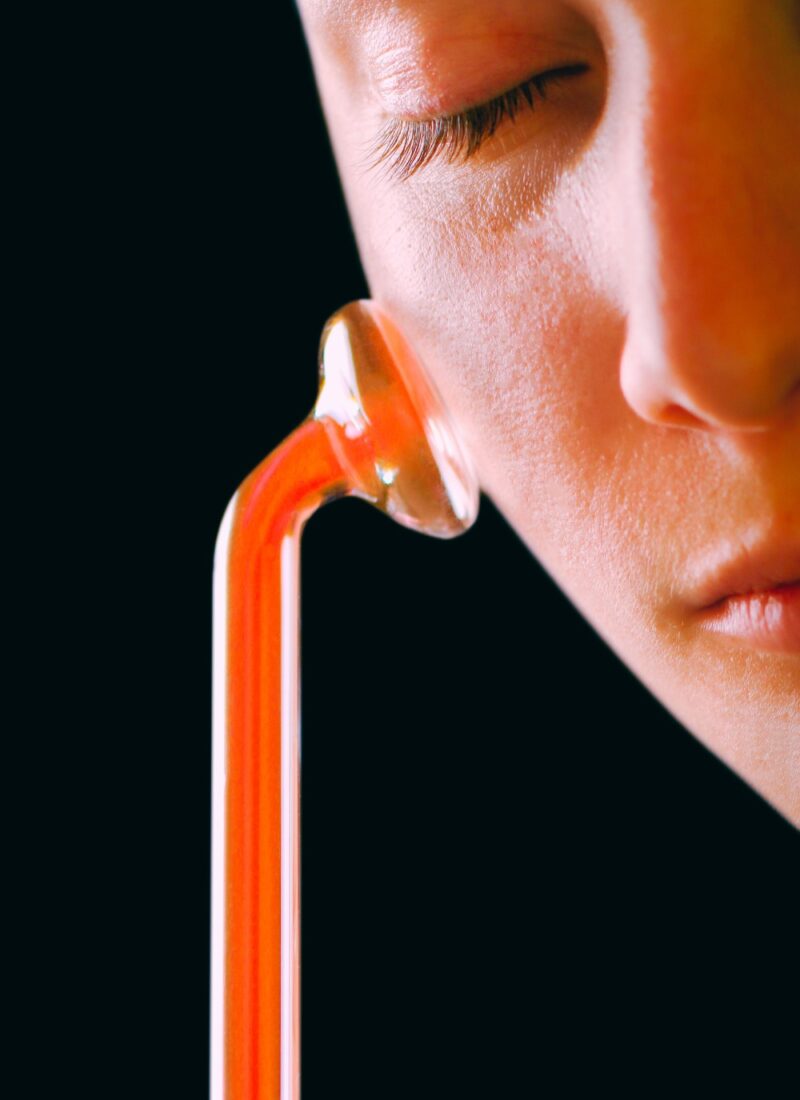
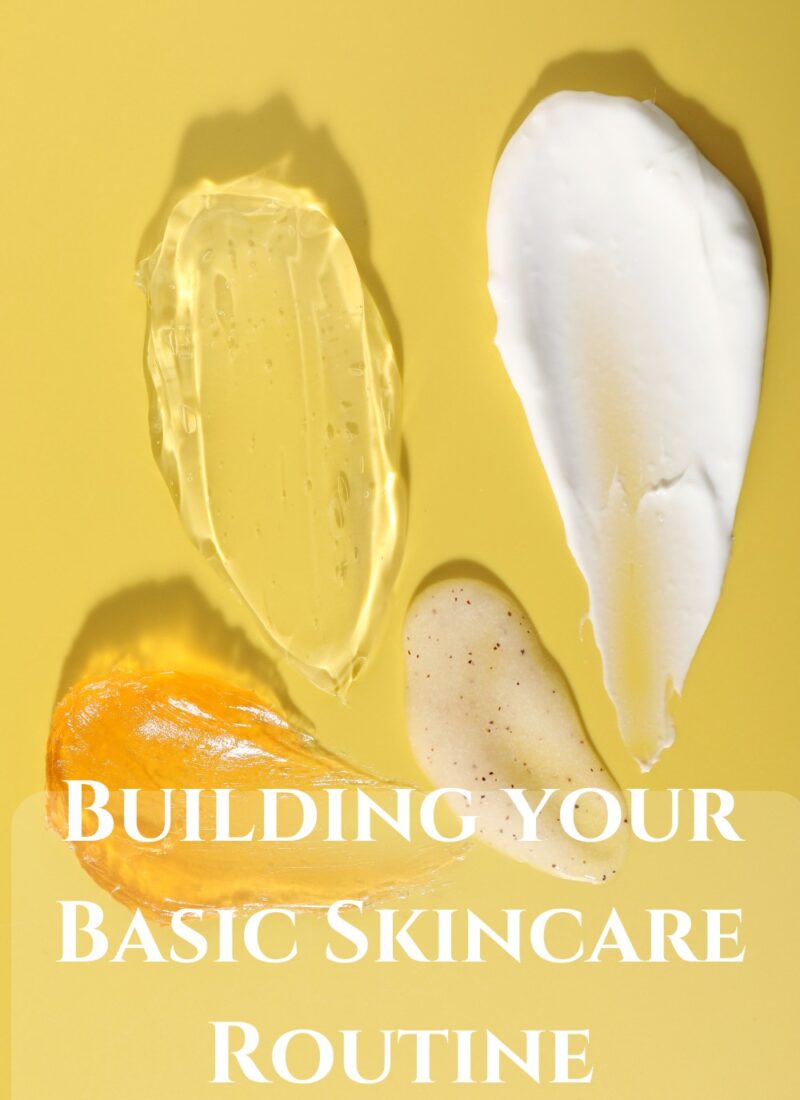

Leave a Reply